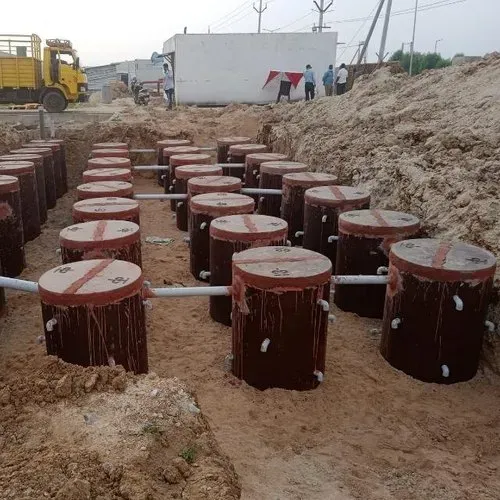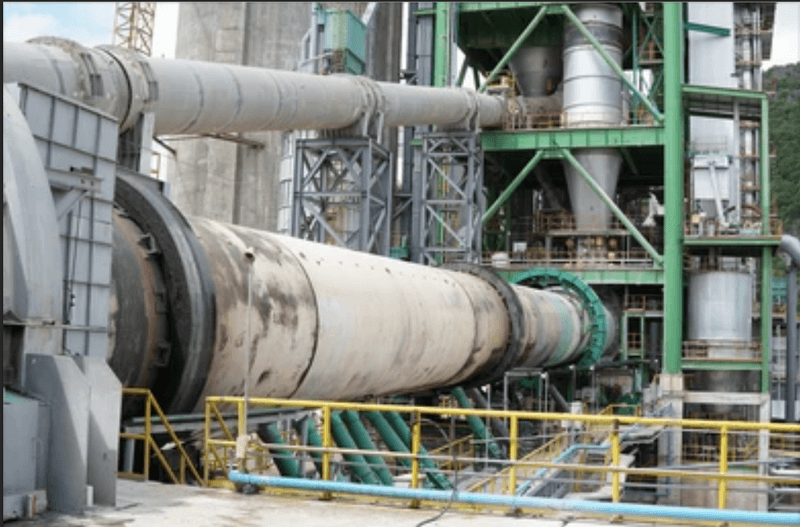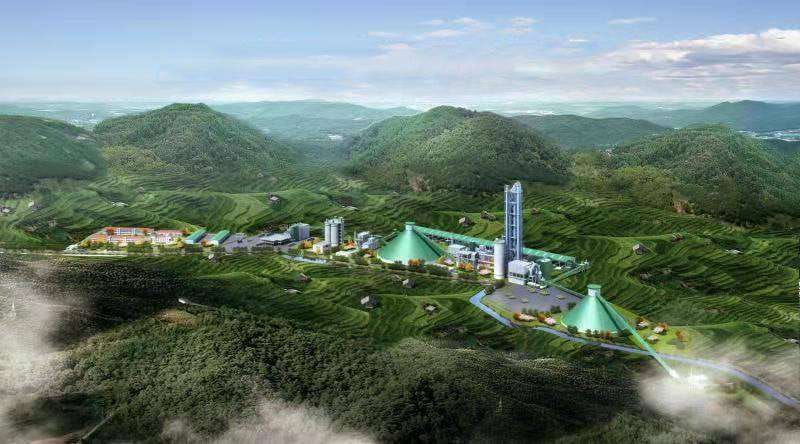The Role of Cement Plants in Biological Sludge Disposal
Transforming Waste into Worth
In the face of escalating environmental challenges, the quest for innovative and sustainable waste management solutions has become more urgent than ever. Among the myriad of challenges, the disposal of biological sludge — a byproduct of the wastewater treatment process — stands out due to its complexity. However, an emerging solution is proving not just feasible but beneficial for both the environment and industries: the disposal of biological sludge in cement plants. This blog explores how this innovative practice is transforming waste management and cement production, highlighting its environmental and economic benefits.

Tackling the Complexities of Biological Sludge Disposal
The modern urban landscape is facing a mounting challenge with the disposal of biological sludge, a byproduct of the wastewater treatment process. This issue is particularly pressing in areas experiencing rapid urban growth, where the advancement of water treatment technologies leads to an increased production of sludge. Composed of rich organic matter and nutrients, biological sludge demands careful handling due to its potential environmental hazards. Traditional disposal techniques, such as landfilling and incineration, have been the go-to solutions for many years. However, these methods come with significant environmental drawbacks, including the emission of greenhouse gases and the possibility of contaminating soil and water bodies. As the volume of sludge generated escalates with urban expansion and technological progress in water treatment, the quest for more sustainable and environmentally friendly disposal methods has become increasingly urgent.

The Emergence of Cement Kiln Co-Processing as a Sustainable Alternative
In the search for innovative solutions to the sludge disposal challenge, the cement industry has emerged as a pioneering force with its adoption of co-processing technology. Cement kilns, capable of reaching temperatures up to 1450°C, offer an ideal environment for the safe and efficient disposal of biological sludge. This process, known as co-processing, utilizes the sludge as either an alternative fuel or a supplementary material in cement production. The high temperatures within the kiln ensure the complete combustion of organic compounds in the sludge, effectively eliminating pathogens and significantly reducing the volume of waste. Beyond mere disposal, co-processing stands out for its ability to recover valuable energy and minerals from the sludge, which are then incorporated into the cement. This integration not only bolsters the sustainability of cement production but also contributes to enhancing the overall quality of the cement, embodying the principles of waste reduction and resource recovery.

Furthermore, co-processing stands as a testament to the commitment to natural resource conservation. By enabling the reuse of mineral content from biological sludge within the cement mixture, this method effectively reduces the demand for new, virgin materials while simultaneously enhancing the quality of the cement produced. Such a practice underscores the shift towards adopting circular economy ideals, viewing waste not merely as something to eliminate but as a resource to be harnessed and given new life in the production cycle.
Financial Incentives for the Cement Sector
The adoption of biological sludge co-processing transcends environmental stewardship, presenting notable financial benefits for the cement industry. The strategic use of sludge as an alternate fuel source emerges as a cost-effective solution amidst escalating fuel prices and the financial burden of environmental levies on traditional energy sources and raw materials. This innovative approach not only facilitates significant operational cost reductions but also elevates the environmental profile of cement manufacturers. Such advancements in sustainability practices can bolster a company's standing in the market, potentially attracting new business opportunities and ensuring adherence to tight environmental standards set by regulatory bodies.
Huaxin Cement: Leading by Example
Huaxin Cement Co. Ltd. stands as a testament to the tangible benefits and practical application of sludge co-processing within the industry. As an early adopter, Huaxin has effectively managed the disposal of thousands of tons of biological sludge, showcasing the process's effectiveness and reinforcing the potential for sustainable waste management practices. This achievement highlights the critical role of forward-thinking strategies and the power of partnership between the sectors of wastewater treatment and cement manufacturing in tackling some of today's most pressing environmental issues. Huaxin's journey illuminates the path for others in the industry, proving that with innovation and cooperation, it is possible to achieve economic efficiency alongside environmental responsibility.

Cement Industry's Role in Advancing Circular Economy
The innovative disposal of biological sludge in cement plants marks a significant leap towards sustainability, showcasing the potential to convert waste management challenges into pathways for environmental and economic prosperity. This transformative approach not only aligns with but also propels the principles of a circular economy, positioning the cement industry as a key player in fostering sustainable practices.
Transforming Waste into Resources
At the heart of this initiative is the concept of viewing waste not as an end but as a beginning - a valuable resource that can be reintegrated into the production cycle. The co-processing of biological sludge in cement kilns exemplifies this mindset shift, turning the byproducts of wastewater treatment into alternative fuels and raw materials for cement production. This not only alleviates the burden on traditional waste disposal systems but also introduces efficiency and resilience into the cement manufacturing process.
Reducing Environmental Impact
The environmental benefits of incorporating biological sludge into cement production are manifold. By diverting waste from landfills and reducing reliance on incineration, the cement industry contributes significantly to lowering greenhouse gas emissions and minimizing soil and water contamination. Moreover, the energy recovered from the sludge during co-processing reduces the industry's dependence on fossil fuels, further decreasing its carbon footprint.
Conserving Natural Resources
One of the key tenets of a circular economy is resource conservation, and the co-processing practice aligns perfectly with this principle. Utilizing sludge as an alternative input not only recycles its inherent mineral and energy content but also reduces the need for raw materials. This efficient use of resources underscores the industry's commitment to sustainability and showcases its role in preserving the planet's natural assets for future generations.
Mitigating Climate Change
In the broader context of global environmental challenges, the role of the cement industry in mitigating climate change becomes increasingly significant. Through innovative practices like sludge co-processing, the sector demonstrates its potential to contribute to climate action, reducing overall emissions and promoting sustainable growth. By embedding circular economy principles into its operations, the industry takes a proactive stance in addressing one of the most pressing issues of our time.
Charting the Path Forward
As we look towards a greener future, the cement industry's adoption of sustainable practices like the disposal of biological sludge offers a blueprint for other sectors. This approach not only exemplifies environmental stewardship but also highlights the economic opportunities inherent in sustainable innovation. Moving forward, the continued exploration and implementation of such practices will be crucial in advancing circular economy principles, reducing environmental impact, and fostering a sustainable future for all.
In conclusion, the co-processing of biological sludge in cement plants represents a paradigm shift in industrial waste management, offering a model for how industries can contribute to a more sustainable world. By embracing these practices, the cement industry not only addresses its environmental responsibilities but also paves the way for economic growth and resource conservation, ultimately moving us closer to realizing the vision of a circular economy.